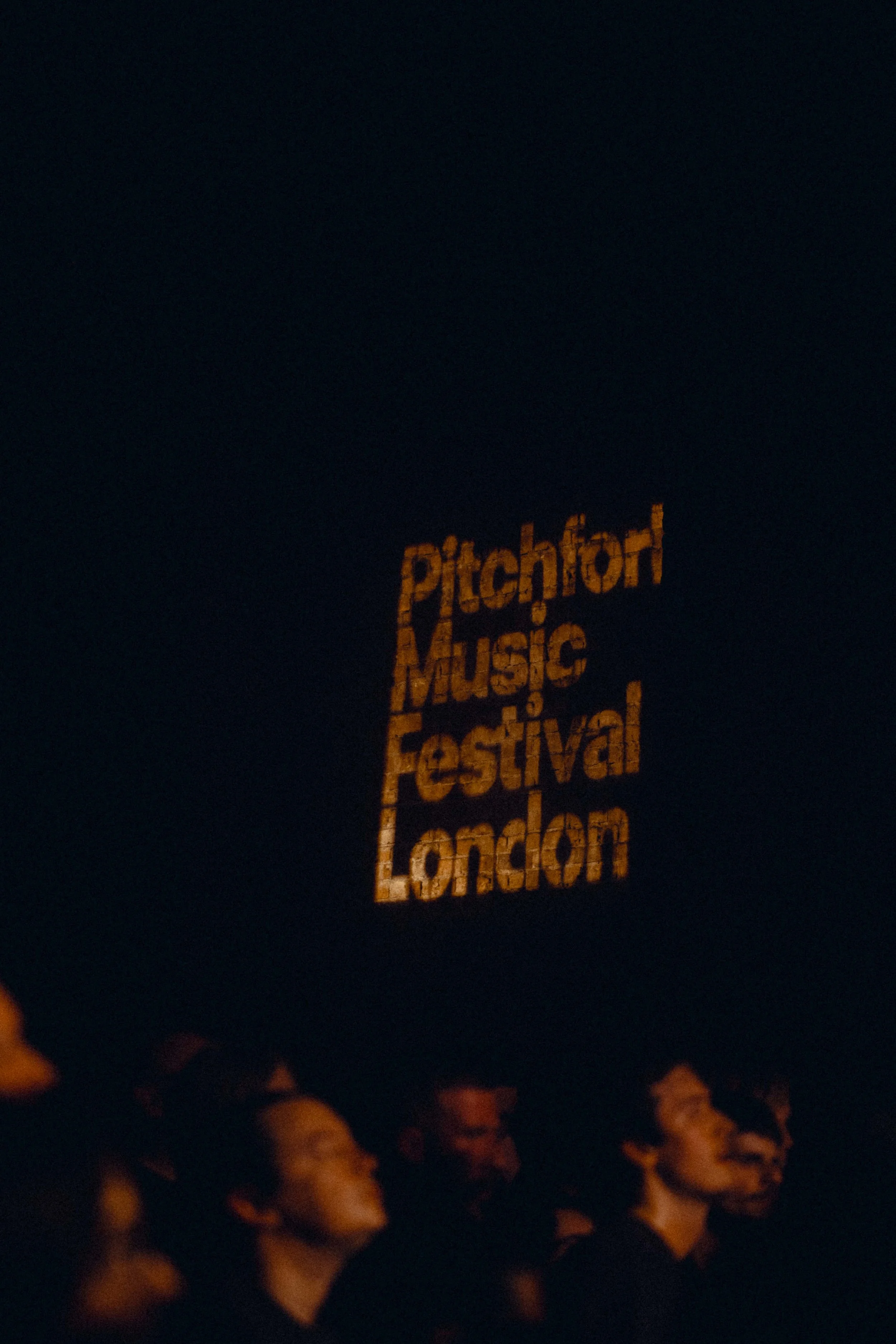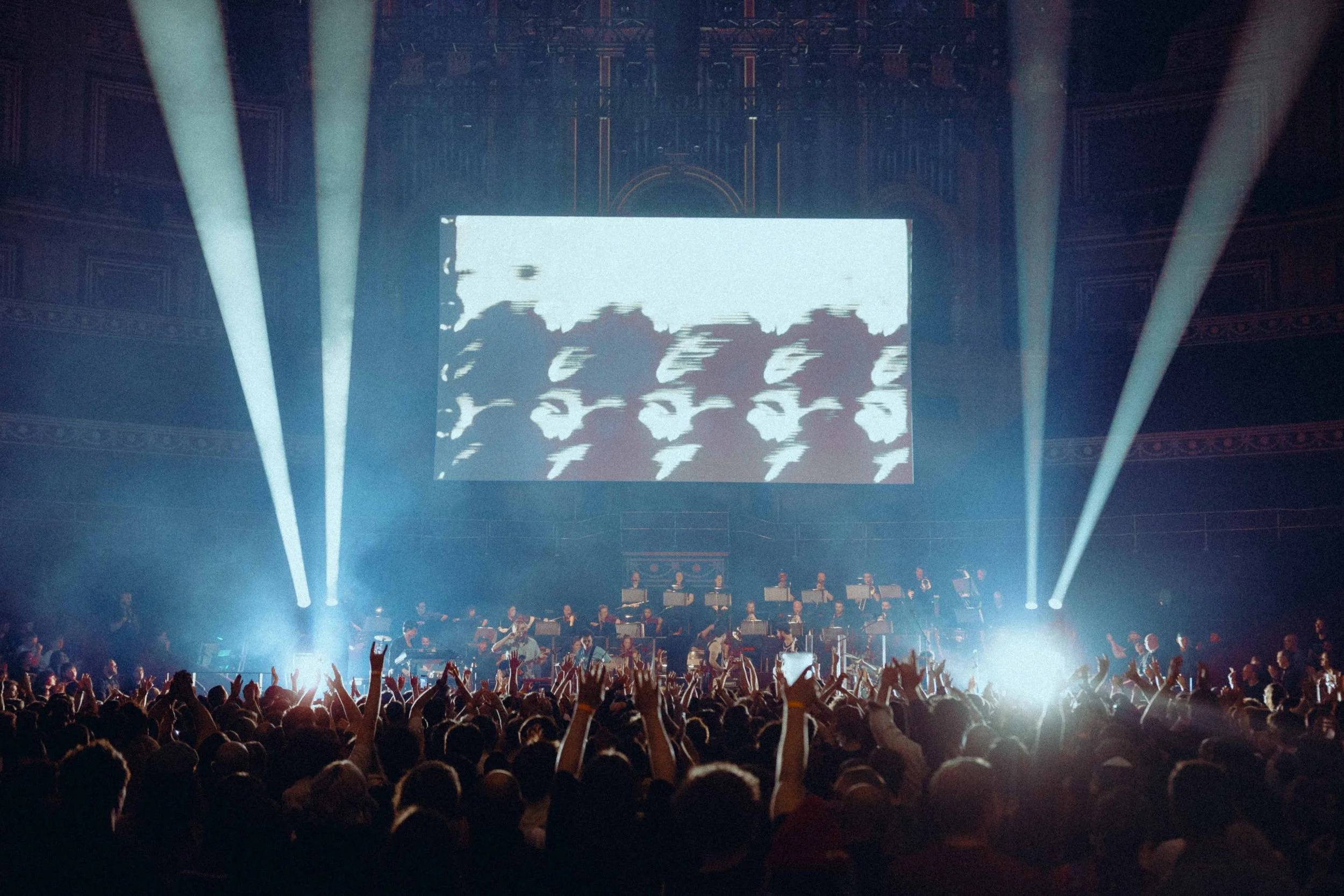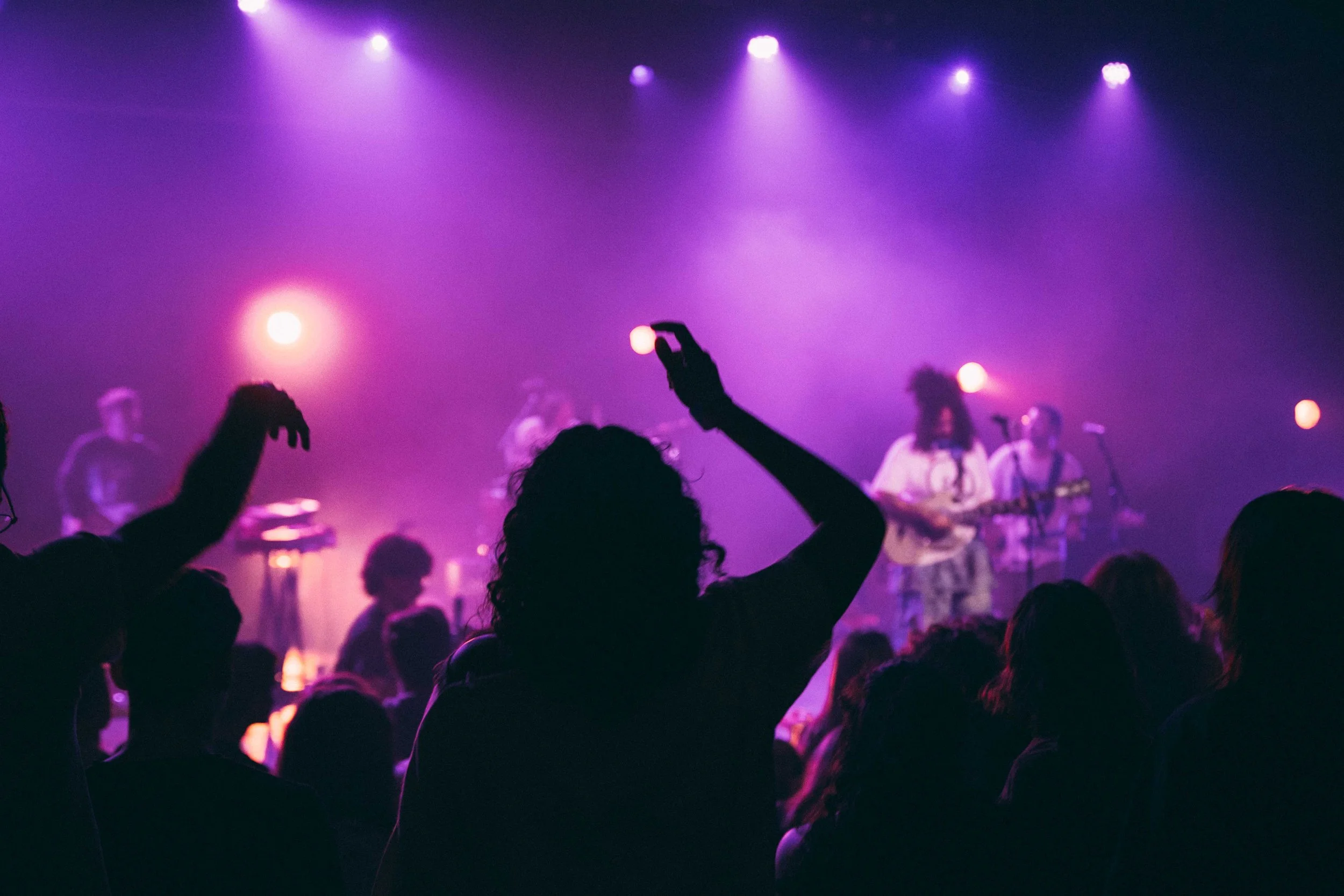Festival Review: Pitchfork Music Festival London 2025
A week where orchestras, hyperpop and spiritual jazz collided to create Pitchfork London’s most imaginative edition yet.
Pitchfork’s London takeover has always promised discovery, but this year it finally felt like the festival found its shape. Big, ambitious centrepiece shows sat comfortably alongside intimate sets in small rooms, and the whole week moved with a confidence it has sometimes lacked. There was the sheer absurd joy of King Gizzard with a full orchestra at the Royal Albert Hall. There was the meditative bliss of Nala Sinephro transforming the Royal Festival Hall into a flotation chamber of sound. There were the sweaty, delirious bursts of energy ricocheting through Dalston during the Saturday takeover. Throughout the week, the smallest moments kept reminding you that this festival works best when it trusts people to follow their curiosity.
King Gizzard & The Lizard Wizard at the Royal Albert Hall
The Royal Albert Hall has hosted more than a century of spectacle, but I sincerely doubt it has ever seen a cyborg fisherman, a pair of powdered French courtiers and an army of gator tees in the same evening. The crowd pouring through the doors looked like they had escaped from different time periods and different planets at once. It felt fitting for King Gizzard & the Lizard Wizard, a band who thrive on chaos, lore, colour and the feeling that something unpredictable might happen at any moment.
From the first notes of Phantom Island, the show unfolded like a fever dream. Everything felt drenched in this rich, cinematic intensity that came directly from the Covent Garden Sinfonia, who brought a swelling orchestral weight to the band’s usual freewheeling thunder. The strings climbed and crashed against the band’s riffs with a kind of highbrow theatricality that made even their heaviest moments feel grand.
When the orchestra left the stage, things loosened up. Gaia burst out like a runaway freight train, all grit, endurance and forward motion. Stu Mackenzie introduced drummer Michael Cavanagh as if he were an unknown session musician, which earned a warm collective laugh from fans who absolutely know better. Joey Walker fist-bumped people (Eliot) leaning into the aisles. You could sense this shared joy between band and audience, a feeling of everyone in the room participating in the same wonderful thing.
With the number of albums these guys have produced, they should be exhausted by now. Instead they sounded alive, restless and curious, still tugging at the seams of their own mythology.
Nala Sinephro at Royal Festival Hall
Where Gizzard were maximalist, Nala Sinephro offered something spacious and spiritual. Her performance at the Royal Festival Hall felt weightless, almost like stepping into another atmosphere. The band she brought with her only strengthened that sensation. Yussef Dayes on drums creating patterns that rolled and blossomed. James Mollinson weaving sax lines that were soft at one moment and piercing the next. Dwayne Kilvington leaning over the keys with total focus.
Sinephro’s harp glowed under the stage lights, each pluck sending a ripple through the hall. Alongside the harp, her Prophet ’08 modular synth created a gentle halo behind the improvisations. The entire performance moved in two long arcs that rose and shifted like waves. There were moments where the room felt as if it was collectively holding its breath. Other moments expanded into full colour. It was beautiful, hypnotic and quietly daring.
Oklou At Roundhouse
For the leather jacket wearing, bleached blonde hair audience of London, the Friday at Roundhouse provided the perfect curated lineup. With two stages set up, the evening had the benefit of variety and diversity, though ultimately consisted of some of the best in the emergent genre of 2000s synth-dominated club pop fused with R&B. On the main stage first was Malibu, the ambient project from French producer Barbara Braccini. Fresh off of releasing her debut full-length record, the room breathed in the same rhythm as her synths swelled and changed, forcing the audience to live at its pace.
Erika de Cassier, the R&B starlet hailing from Copenhagen, was soon on, with a white blanket projecting various visuals washing over her and her drummer. The use of live drums as well as live synth drum pads added to the experience immensely, with each hit feeling infinitely more commanding. De Cassier glided through songs from various projects, all the while exuding the ineffable sensuality that the genre requires effortlessly, entrancing the crowd.
Appropriately, for the headline act, the stage team put up a bigger white sheet as the French pop singer Oklou took the stage. She was fresh from appearing on NPR’s Tiny Desk, performing stripped down covers of her normally synth-heavy dance pop. The multi-instrumentalist began with delicate melodies played with a recorder, before launching into crowd pleasing favourites from choke enough like ‘ict’ and ‘thank you for recording’. Despite it being just a duo on stage, they commanded the energy up and down at their whim, with bolder songs like ‘take me by the hand’ or ‘harvest sky’ commanding us to dance to its heavier bass drumbeats. During the latter, Oklou brought out collaborator underscores as well, to a rapturous crowd. Even with the minimal set up, Oklou was able to conjure moments of maximalist zeal as well, at one point donning a mirrorball-helment contraption, meaning the entire room was spotlit with her glow. The show only demonstrated why she’s one of the fastest risers in music today.
Dalston Takeover
Saturday’s Dalston Takeover has always been a highlight, but this year it felt genuinely curated rather than just scattered. The streets around Kingsland Road hummed from the early afternoon. Venues turned over quickly. Crowds rotated between experimental sets, noisy rock, club-leaning electronics and intimate newcomers who might be headlining in a few years.
Throughout the day you could hop from tiny rooms to big ones, from full live bands to laptops and loop pedals, from chaotic pop to sideways punk. It was the most convincing proof that Pitchfork still understands the importance of showcasing smaller artists who are pushing things forward.
Underscores at EartH Hall
One of the most vivid sets of the entire week came from Underscores at EartH Hall. April Harper Grey walked onto a stage exploding with saturated colour. The LED wall behind her flickered with pixelated glitches, rapid lyric bursts and sugar-rush visuals that matched her sound perfectly. It felt like stepping into a high voltage arcade.
Grey ripped through Wallsocket material, weaving in fan favourites like ‘Girls Like Us’ and ‘Old Money Bitch.’ A ddr machine sat in the corner of the stage, a reminder of the playful chaos her project thrives on. A new track, ‘Do It,’ hit with the force of something designed to melt through speakers. The crowd might have been smaller than her typical festival audience, but they were loud, committed and more than willing to throw themselves around at her command. It was hyperpop with teeth. High energy, high emotion and completely infectious.
Indigo De Souza upstairs at EartH
Immediately after Underscores, Indigo De Souza shifted the mood into something more reflective. The room upstairs glowed purple. People settled into a different headspace. De Souza’s voice curled around the rafters with a soft ache, the kind that can silence a room without needing to raise the volume. It was a reminder that Pitchfork’s programming works best when artists are allowed to contrast, collide and create unexpected emotional arcs in the same building.
What really came through across the week was how naturally everything flowed. Big shows landed with impact, smaller ones had real intention behind them, and the city felt alive with it. Pitchfork London has delivered solid lineups for years, but this one had a clarity that made the whole thing easy to enjoy without overthinking it. No grand reinvention, just a genuinely strong run of gigs that made the week feel worthwhile.
Pitchfork Music Festival London 2025 proved that the magazine responsible for giving your favourite album a slightly insulting 6.7 can still throw a festival that fully celebrates artistic risk and range. This year they struck the balance perfectly. New and older artists sharing the same bill, all of them treated with equal care.





